Eisuke Tachikawa, NOSIGNER, Founder and Director
When Yokohama announced its “Innovation City” initiative, that declaration came with the expectation that innovation would be created in networks beyond individual organizations. The YOXO branding was created to help turn that idea and initiative into a real movement within the city. We spoke with NOSIGNER founder and director Eisuke Tachikawa about his thoughts on the YOXO brand and logo design, how Yokohama should use YOXO to grow into an Innovation City, and his ideas for the future. This article was originally uploaded in Japanese on February, 2020.
Yokohama is already an Innovation City
First, please tell us a little about yourself.
I started NOSIGNER with the idea of providing great designs to society, and I work in design consulting and art direction independently as well. I’ve also been teaching a kind of education system that I call “Evolved Thought” as part of the effort to raise more talented designers and innovators. When I was a student I was working in the research institute of Kengo Kuma, the famous designer of the Tokyo New National Stadium, and it was during that time that I began working independently as well. I worked with Yokohama’s baseball team, the DeNA BayStars, on a urban development branding project, and with Ohkawa Printing on their rebranding, creating the concept of “GREEN PRINTING.” I believe that it’s not only the city’s conscious branding efforts that define Yokohama’s brand, it’s also naturally developed by the citizens that live there, so I think it’s important to connect with those people. I like to think of my mission in life as using design as a medium to think about how we can bring change to society, support and raise the innovators of the future, and continue to provide them with inspiration.
So you are trying to involve the city in creating innovators who will bring change to Yokohama?
Yes, exactly. Design is like a tool that we use for communication, so when I meet someone who’s feeling like “If only we could make X a reality,” that’s when I feel that design really begins to shine. On its own, design can’t accomplish anything, but in those moments I almost feel like I’m handing out the weapon of “design” to fellow soldiers. Using the BayStars as an example, the company managing and sponsoring the team, DeNA, is an entertainment company, so they are exceptionally good at marketing. I’ve spent 3-4 years working with them on how to revitalize the city, and what I consistently told the BayStars side is “This project isn’t about branding the BayStars, it’s about the BayStars branding Yokohama.” And for a project like that, having graphic design and textures that felt true to Yokohama was extremely important. Back when Yokohama’s port opened internationally, in the Meiji era, its main international communication partner was the United States. So in that sense, the “port,” with its feeling of internationalization and Americanization, was a big keyword. Also a port city has a “cool factor” that really felt related to the cool factor of baseball. Good old-fashioned American baseball culture is a perfect example. If we could embody that coolness with domestic Japanese baseball, I thought that that would be quintessential Yokohama. So I began tying together ideas that directly expressed what makes this port city so cool. I figured that one place to start was using a typeface that was old-fashioned, like evoking the style of writing that would have been used when Yokohama’s port opened, to show both the coolness of Yokohama and of baseball. By first breaking down the ideas into parts and then assembling them like this, we were able to create a design that blends naturally with Yokohama as a city.
Tell us about this new initiative to turn Yokohama itself into a “stage.”
Well ever since Yokohama’s earnest declaration that it would turn itself into “Japan’s greatest Innovation City,” we’ve already seen extremely positive change in that direction. Yokohama has historically been an innovative city, and an area very advanced in media, infrastructure, logistics, etc. Yokohama was the very first stop on Japan’s railroad system, after all. Yokohama’s is a unique history in Japan that was heavily influenced by that moment when, after the ports opened and everyone opened those crates from abroad for the first time, they were shocked by all kinds of things they’d never seen before. This is also the place where Tenshin Okakura and Sankei Hara and other artists began infusing ideas from abroad into Japanese art. So from a historical perspective, Yokohama has truly been the place where new things and ideas from abroad were first integrated into Japan, which has not only made it a place full of innovation, but also turned it into the first node of exchange between Japan and the rest of the world. This context is extremely important in understanding Yokohama today, and it’s also the reason I want to turn Yokohama once again into a gathering place where diverse people can exchange ideas. In the present day, with the development of the internet, there is already a lot of online exchange occurring, but for example here in Yokohama’s Kannai district you can collaborate face to face while also having your own space to work, and I think that combination is really proving that it brings out the true potential in people. The Kannai area is absolutely perfectly positioned to become this new crossover space, and I believe that city officials agree with me on that. A single strand of DNA isn’t enough to create a new type of crop. Eventually you have to bring in new elements to insert, creating crossover. Large companies tend toward making such integrations in-house, which actually leads to slowdown. On the other hand, individuals working on smaller-scale initiatives may have a bit more acceleration on integrating new ideas, sometimes there are roadblocks between them actually reaching the end result.
The importance of being excited for new things
So I suppose that’s the context that gave birth to YOXO. How did you come up with the name?
“YOXO” came from wanting a slogan that represented Yokohama’s efforts to create innovation. We decided to come up with a name, thinking that it would help innovation accelerate if there was a branding specific to Yokohama’s innovation initiative. Since I’m a designer, a name goes hand in hand with a logo in my mind, they’re interconnected, so I proposed YOXO. The YOXO brand is like an abbreviation for “Yokohama Crossover.” It symbolizes the expansion of trade and exchange within Yokohama. The key point of this name is that it can be instinctually understood that it relates to Yokohama, but at the same time in Japanese there’s a sort of pun at work, since it’s a homophone to the phrase yoku zo! which is a phrase of encouragement and praise that essentially means “great job.”
How has been the reponse been to the name so far?
Well after I came up with it I was thinking to myself “Hey, that name turned out pretty good,” but I was still very nervous when it came time to show it to the city. But when I did everyone said they liked it a lot, so it was like a huge sigh of relief. (Laughs) And then they told me they wanted me to take on the art direction for what would becoming YOXO BOX, so I transitioned to heading that project.
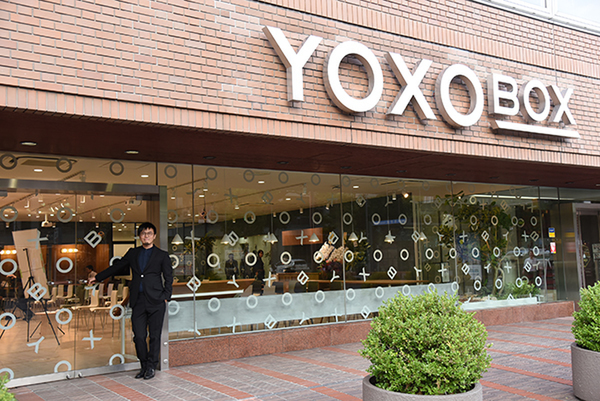
The story you told of the opening of Yokohama’s port, and all of the people here being introduced to this new culture, and the subsequent expansion and growth of their worldview… it seems very connected to the concept of the YOXO brand.
I think it’s very important to experience new things, and to look forward to those experiences. So it goes without saying that I’m very much looking forward to what comes out of the YOXO brand, something I feel very privileged to have had a part in starting. For entrepreneurs setting up a new startup, when it comes to managing your company or procuring funds, there are actually remarkably few places you can go for advice or knowledge. YOXO will be a place where you can get your questions answered, and it will also function as a place for creativity.
Building a successful and happy community
What does the word “community” mean to you?
I believe the necessary factors to create a real community are a shared sense of security and comfort among its members. For a community to really be a community, everyone has to actually be on good terms with one another. It may not sound logical exactly, but because we all want to live or work in a comfortable place, I think that things like good interpersonal relationships and feeling like you’re respected are paramount. Also, what you get out of being in a community changes depending on factors like whether you’re actively involved, or just present in that community, or how you’re utilizing the time together with others. It’s important to have workshops or programs set up to clearly define and pursue initiative goals and desires. Like before when I was talking about working with the BayStars, in order to make it a team that would be cheered for and supported by the public, we had to structure it so the Baystars were cheering on and supporting Yokohama too. I think that foundational structure is what will drive the fan community there. We couldn’t just ask people “please go and support the team,” we had to try to build a relationship where the BayStars and Yokohama could be mutually supportive. It’s movements like that, combined with those of other companies, that will build Yokohama’s brand.
So you’re saying a community is something through which all members can tackle everyone’s goals?
Exactly. Communities can sometimes feel like a group where there’s a leader who ends up making all the calls and being controlling, but that’s not how real communities work. A community is a group of people who have collective and individual goals, and work together towards achieving those goals. For example, the goals for fans watching baseball is usually “victory for the team I’m supporting,” and the community of fans can find unity in cheering for that shared goal. If competition happens within the community, as it sometimes can, for example if one startup company ends up seeing amazing success, will the others in the community celebrate that success, or will they act in resentment and jealousy? That kind of response is how you can tell the true quality of a community. Surely any other company in that situation would think “we want to succeed too.” But it’s important to see if that thinking can stay positive, like “someone’s been successful, which means we can learn from their success, and if they can do it we can do it too.” If everyone’s working toward a shared goal, that will probably naturally engender a supportive environment. To make that a reality, there has to be an environment where the members are excited by and supportive of success, and that will make it feel ok within the community to chase that goal of success. Having that kind of environment will strengthen the community a lot I think.
Creating a YOXO ecosystem, and expectations for the future
What do you think is important for creating a business ecosystem?
The most important thing for a startup ecosystem is “connection.” That could be your connection to creativity, or your connection to technology. I also think you can factor in your connection to a place with a specific issue, since I believe startup companies are generated to solve specific issues. For example, if you want to start a medical treatment startup it’s important to connect with hospitals, connect with design and research to represent your ideas, and engineers who can properly implement it as a service. That kind of crossover is essential for innovation. And, at the same time, a startup ecosystem has clear goals and rounds for visualizing the goals I’ve been talking about. So I think companies will have a moment of realization through YOXO like “Oh, this is what we’re working toward!”
So YOXO can help startups understand the path they need to take in order to progress.
In a startup company, business details that seem high quality are gathered as valuable information. There are also fundraising systems can be established that help startups get started and then follow up by helping accelerate their growth. And when you’re setting up such a system, it’s important to do it such a way that startups can fundraise no matter which stage or round they’re at. To that end I think it’s a major bonus to have local banks and financial institutions nearby. Separately from that, as large corporations create Corporate Venture Capital (CVC), it’s the R&D that really powers that development. In that sense, I suppose it can be hard to see the progress being made in the Minato Mirai district of Yokohama, filled as it is with large companies and R&D. It’s important for startups to create good relationships with those corporations and work on identifying how to exchange mutually-beneficial information. For example, I think it could be interesting if YOXO BOX could prepare opportunities for for R&D engineers from Minato Mirai companies to come up and network with startup companies. In the end I just think that when you have a specific goal or desire, it’s a good idea to identify and connect with people and things that are relevant to that goal or desire. And many entrepreneurs are thinking about the timing of fundraising for what’s coming ahead, so by helping connect them to investors, you’ll end up with a place where people looking to take on challenges and overcome risk are all joined together. Once entrepreneurs realize “if I do X, I’ll have a chance,” and meet likeminded individuals and teams, they’ll be able to grow. And through that, you’ll have an ecosystem filled with a sense of connection that will continue to live on. I’m looking forward to an environment like that in Yokohama. I think it would be ideal in the future to see some kind of program where startups could connect with large corporations and even form joint ventures.
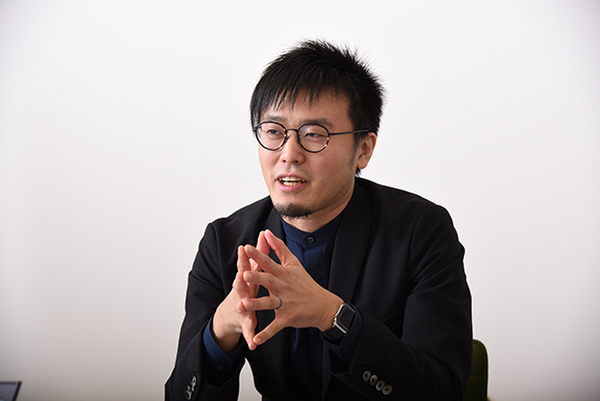
It also seems important that YOXO connects with decision-makers too.
True. When it comes to figuring out the targets for investment, like through CVC, the on-site workers are important, but so are the people at the top of such organizations. Those individuals become pivotal when it comes to thinking of establishing open-innovation ecosystems that can create new business. There are many people who are working on just such a mission right now I feel, and I hope YOXO can be a support foundation for those workers. If the people at the top don’t make the call, you can’t invest, and even if you connect with individual engineers, in the end, the decisions of their corporation can leave things dead in the water. I think startups should be given more opportunities. I also think it can be very difficult for an engineer to persuade up the chain of command. So it’s important when connecting with companies to try to find one that is really focused on R&D and taking on new initiatives and trying new things.
I suppose that’s where your expectations for YOXO BOX would come in.
I personally am extremely glad that Yokohama properly set aside the budget to create an operate a place like YOXO BOX, because I really want to make Yokohama into the best Innovation City it can be. Both in Japan and abroad, support and measures for similar Innovation City initiatives are being implemented around the world. And Yokohama too is making great strides towards becoming an Innovation City. I hope that YOXO will prove to be a starting point for Japanese unicorns and startups to succeed and eventually go public, and I’m looking forward to watching that revolution happen in Yokohama.
Profile
Eisuke Tachikawa, Founder and Director, NOSIGNER
Design Strategist and special invitation associate professor at Keio University. Specializes in using design to create a beautiful future (social application of design), and elucidating idea systems and increasing the generation of new innovators (structuring design knowledge). To achieve these, Tachikawa has pledged to continue his design activities from a social perspective, and to pursue new design projects through joint development with companies and governments, especially coving social issues represented by the SDGs. He has received over 100 international awards, including the Good Design Gold Award(link: https://www.g-mark.org/) and the DFA Hong Kong Young Design Talent Award (https://ydta.dfaawards.com/en/index/), and has also served as a judge.
https://nosigner.com/
Original Article: https://yi.city.yokohama.lg.jp/article/45/ (This article was originally uploaded in Japanese on February, 2020.) Editor/Interviewer: Gachi Suzuki / ASCII STARTUP
Composition: MOVIEW Shimizu
Photography: Gen Soneda
Learn more: Yokohama’s Innovative Culture
Read more of our Innovation Interview Series
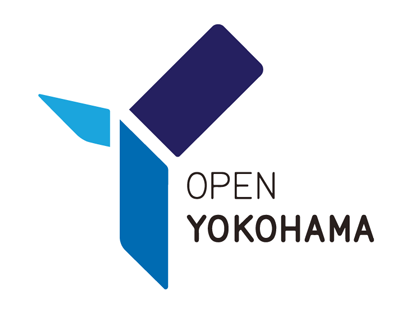


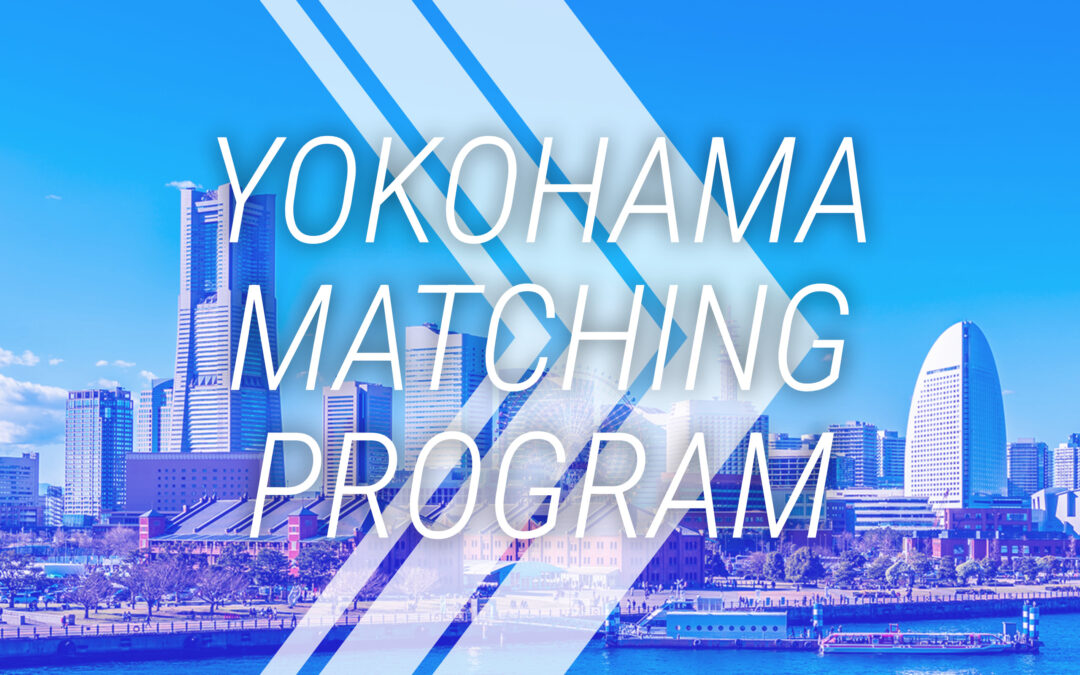

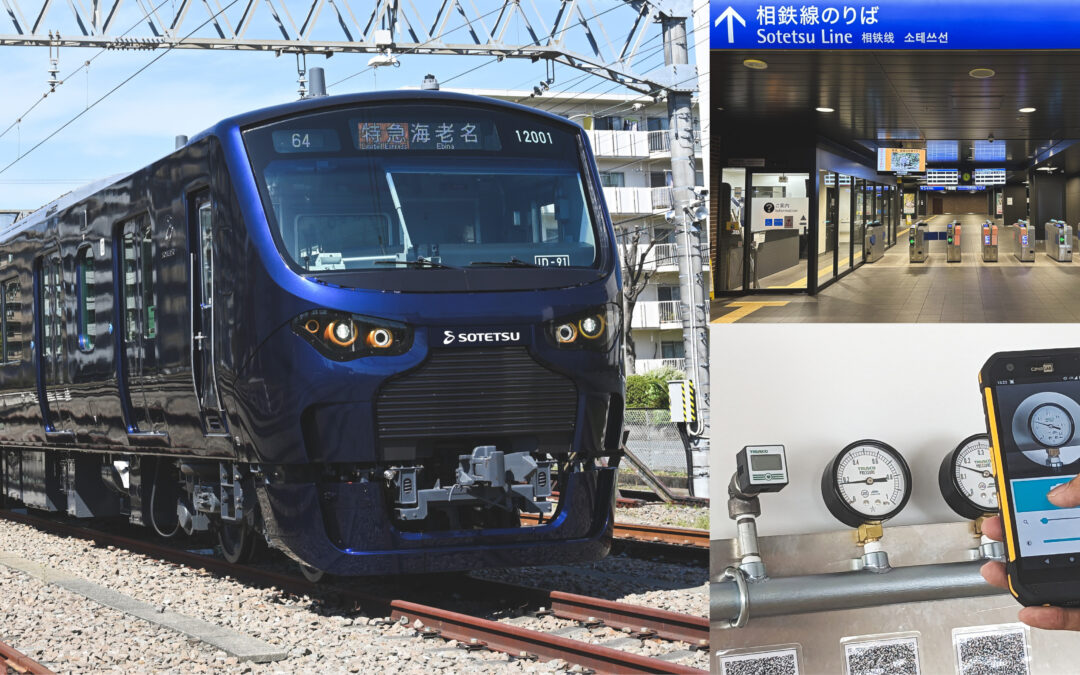
-1080x675.jpeg)
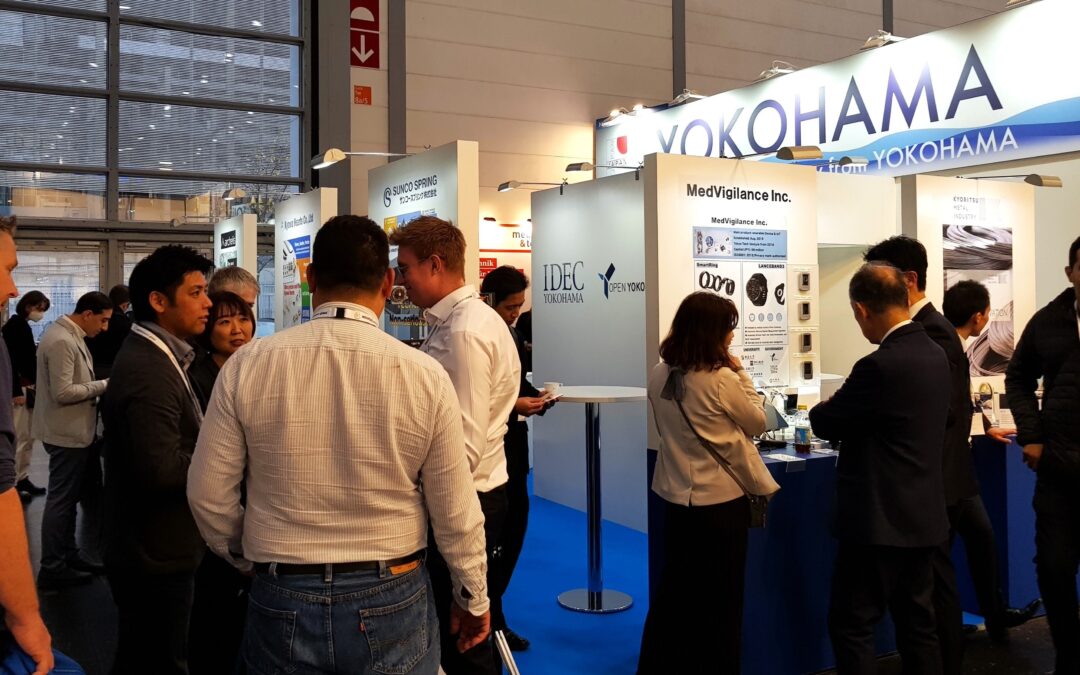



-400x250.jpeg)